-
Original Artwork
Painting,
Oil
/
Tempera
on Wood
- Dimensions Height 21.5in, Width 15.9in
- Framing This artwork is not framed
- Categories Classicism Portrait
Dans ce portrait, Cecilia est représentée de trois quarts, regardant légèrement vers la gauche, avec un léger sourire sur ses lèvres. Elle tient délicatement un hermine, un animal blanc avec une tache noire sur la tête, symbole de pureté et de noblesse. L'hermine est positionnée de manière à suggérer un geste de tendresse de la part de Cecilia envers l'animal.
La composition est caractérisée par une grande attention aux détails, typique du style de Leonardo da Vinci. Les jeux de lumière et d'ombre accentuent les traits du visage de Cecilia, tandis que la lumière douce met en valeur sa peau et ses vêtements. Le fond sombre met en relief la figure principale, créant un contraste saisissant qui attire le regard du spectateur.
Le portrait est également remarquable pour la représentation réaliste de l'expression et de la personnalité de Cecilia. Son regard est à la fois mystérieux et captivant, et son sourire énigmatique ajoute une touche de charme et de séduction à l'ensemble de l'œuvre.
Related themes
Leonardo da Vinci was a true Renaissance genius, known for his extraordinary talents in various fields, including painting, engineering, anatomy, and many others. He was born on April 15, 1452, in Vinci, a town in Italy, and he died on May 2, 1519, in Amboise, France. Leonardo's diverse skills and pioneering contributions spanned art, science, and the humanities, making him one of the most iconic figures in human history.
As a painter, Leonardo da Vinci is celebrated for creating some of the most famous and revered works of art in the world. His masterpieces include the "Mona Lisa," an enigmatic portrait known for its captivating smile, and "The Last Supper," a groundbreaking fresco that vividly depicts the moment Jesus reveals that one of his disciples will betray him. His paintings are characterized by their meticulous attention to detail, realistic portrayal of subjects, and pioneering techniques in the use of light and shadow.
In addition to his artistic achievements, Leonardo was a polymath who excelled in various scientific and technical fields. He conducted pioneering studies in anatomy, making detailed sketches of the human body that contributed significantly to our understanding of anatomy and medicine. He was also a visionary inventor, designing numerous machines and devices, some of which were ahead of their time.
Leonardo's notebooks, filled with sketches, diagrams, and writings, reveal his insatiable curiosity and desire to explore and understand the world. His scientific investigations included the study of geology, botany, and engineering, and his insights often foreshadowed later scientific discoveries.
Throughout his life, Leonardo da Vinci's work and ideas were characterized by a relentless pursuit of knowledge and an unwavering commitment to pushing the boundaries of human understanding. His contributions to the fields of art, science, and invention continue to inspire and influence generations of thinkers, creators, and scholars. Leonardo da Vinci remains a symbol of the Renaissance spirit, where a profound curiosity about the world and boundless creativity came together to change the course of history.
-
Nationality:
ITALY

- Date of birth : 1500 (Approximate date)
- Artistic domains: Represented by a Gallery,
- Groups: Contemporary Italian Artists Artists presented by a gallery
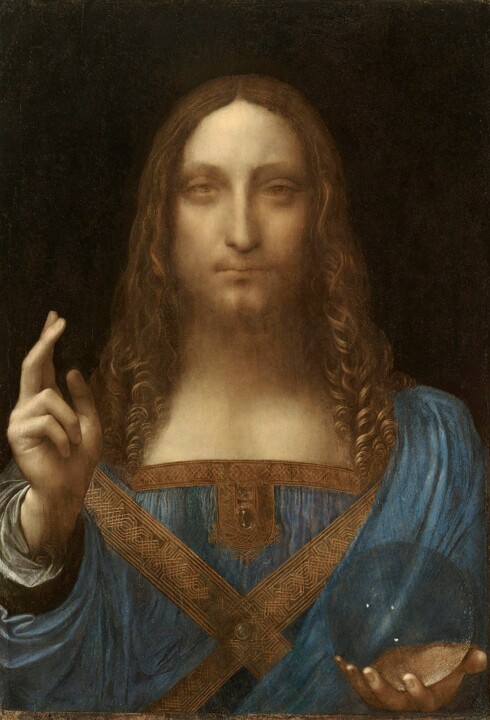 The painting "Salvator Mundi", sold for 450 million dollars to a Saudi prince, is not by Leonardo da Vinci
The painting "Salvator Mundi", sold for 450 million dollars to a Saudi prince, is not by Leonardo da Vinci
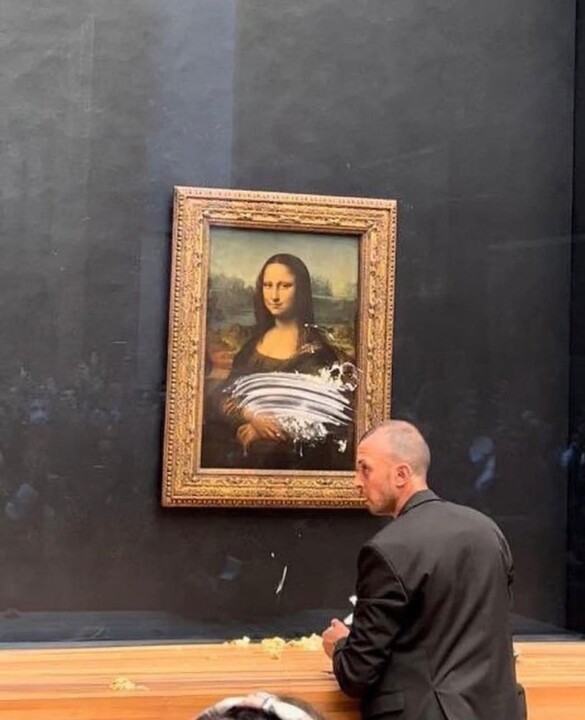 A man was arrested after scaling Mona Lisa
A man was arrested after scaling Mona Lisa
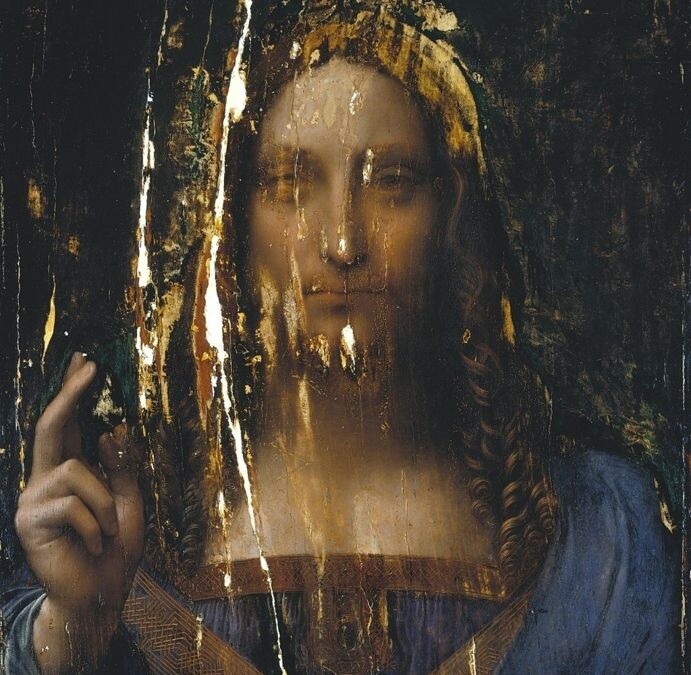 A badly preserved copy of the Salvator Mundi, sold for a million euros, could be worth more!
A badly preserved copy of the Salvator Mundi, sold for a million euros, could be worth more!
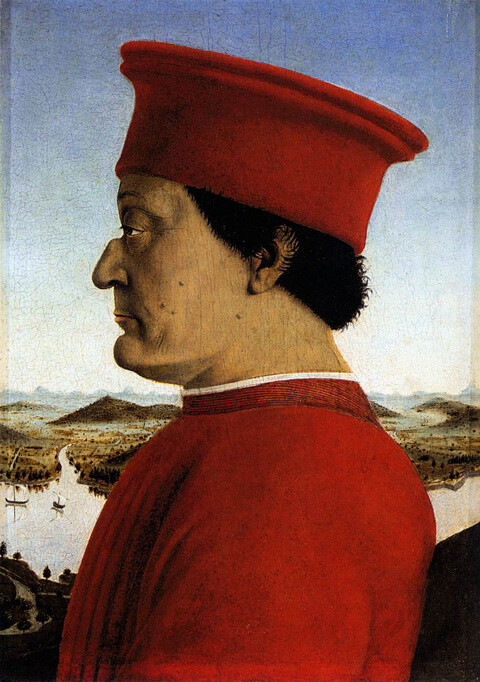 Leonardo da Vinci: unveiled portrait of Federico da Montefeltro
Leonardo da Vinci: unveiled portrait of Federico da Montefeltro
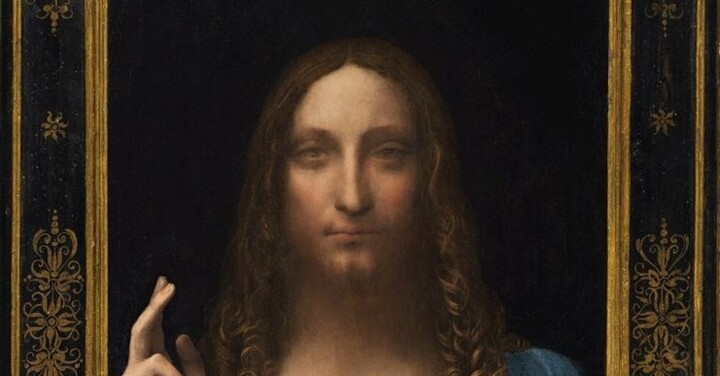 Leonardo's Masterpiece 'Salvator Mundi' to Make Historic Debut as NFT
Leonardo's Masterpiece 'Salvator Mundi' to Make Historic Debut as NFT
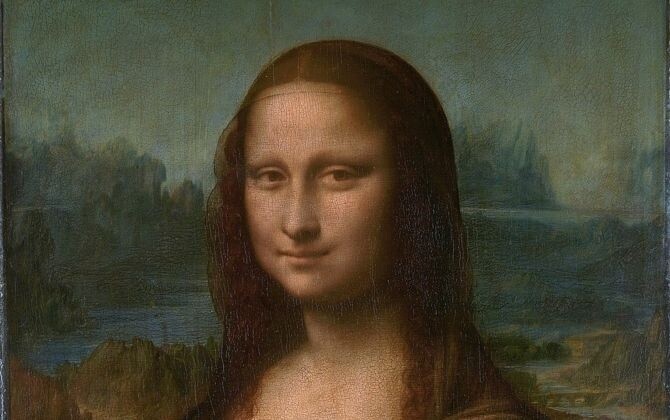 Rare Chemical Compound Found in 'Mona Lisa' Reveals Leonardo's Technique
Rare Chemical Compound Found in 'Mona Lisa' Reveals Leonardo's Technique
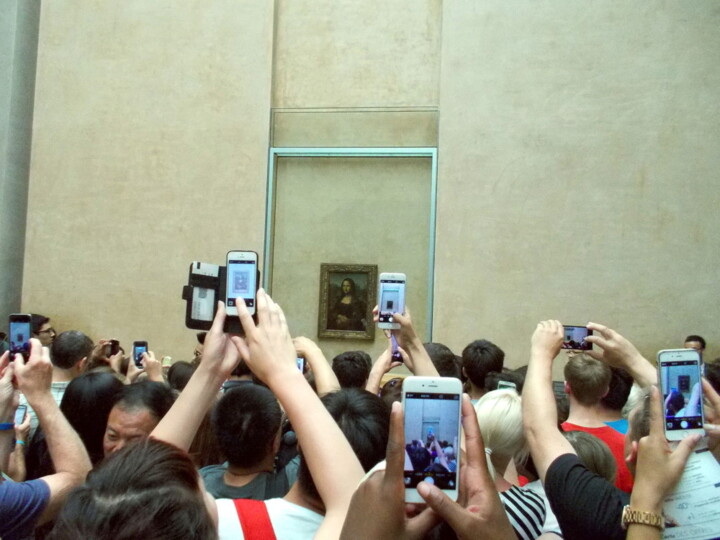 Louvre Plans Underground Relocation for Mona Lisa to Improve Visitor Experience
Louvre Plans Underground Relocation for Mona Lisa to Improve Visitor Experience









